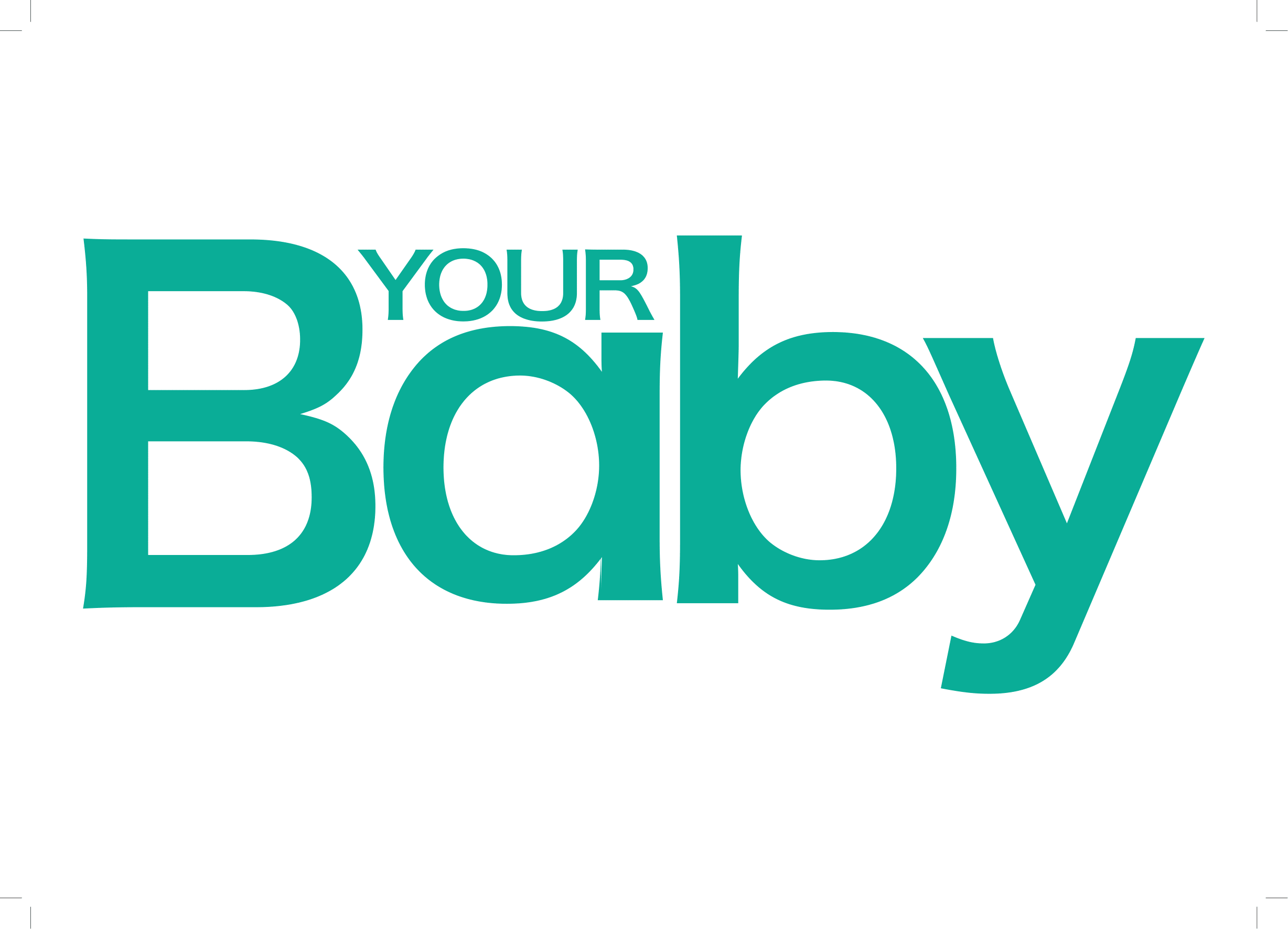
Preparing before the birth
Antenatal classes, La Leche League, midwives or lactation consultants
Successful breastfeeding can begin before your baby is born. Go to antenatal classes, get to know a local midwife or lactation consultant (preferably internationally board certified) or join La Leche League (LLL) in your area. LLL has also published an excellent book, The Womanly Art of Breastfeeding.
Prepare your nipples
In the last few months before birth, you may want to prepare your nipples. It’s a myth that you need to “toughen them up” for breastfeeding, though, so toss out any old wives’ tales that involve scouring with facecloths or toothbrushes!
Just test to see if they’re inverted – if you can draw your nipples out by splashing them with cold water, then they are not inverted. Even if they are, they’ll only pose a problem if your baby has trouble latching on and pulling enough of both your nipple and areola into his mouth, but this is rare. Speak to your doctor or a lactation consultant if you’re concerned.
Create a dedicated feeding station
Another area of preparation to consider is creating a dedicated feeding station at home. As breastfeeding takes up a lot of time, this should be a comfortable place where you will have easy access to magazines or books, somewhere to place a glass of water within easy reach and a chair you will be very comfortable in.
Other useful items to have close by during breastfeeding
Other useful items to have access to when you breastfeed include pillows or cushions for your back, feet and baby, healthy tea such as chamomile or rooibos, a healthy snack, your cellphone and a cloth to wipe up any spills.
After the birth
Feed your baby in the first hour after birth
Do your best to feed baby in the first hour after birth. This is when baby’s sucking and rooting reflexes – the biological instincts that encourage babies to seek out and obtain food outside the womb – are strongest.
While you may be very tired or sore, most modern hospitals now give moms immediate support if they wish to breastfeed as soon as possible. Don’t fret if you can’t start straight away: with loving support and knowledge, you’ll be fine, no matter when you begin.
Being handed your newborn for that first feed can be daunting, but don’t panic. Both of you have lots to learn; you’ll soon get to know each other and become more comfortable with the process of breastfeeding.
The four key factors crucial to successful breastfeeding are feeding on cue, position, effective latching, and expert support.
Breastfeed on cue
- Feed your baby on cue and not according to a schedule, as timed feeds will interfere with milk production.
- Early cues that indicate hunger are restlessness, followed by rooting and sucking hands.
- Breastfeeding babies digest their milk very quickly, so don’t be surprised if he needs another feed after an hour. Some babies will settle into a 4-hourly pattern and then upset the apple cart by demanding milk more frequently, while some others will be voracious feeders from the start. Don’t watch the clock.
- Don’t allow anyone to dictate times or duration of feeds. Allow your baby to nurse on the breast until she falls asleep or seems to have finished on that side but is not quite satisfied; then offer the second breast. He may need a nappy change, nap or a burp after the first breast, and don’t be surprised if he demands the second breast and then feeds for another length of time.
Position
No matter which position you choose, what’s most important is that you and your baby are comfortable, and that she is suckling effectively.
There are various holds to try:
- The traditional cradle hold might be easier for moms who gave birth vaginally.
- The football or rugby hold – in which baby lies tucked under your arm, feet pointing towards the back of the chair – works well for Caesarean moms who can’t have pressure on their scar.
- You could also try lying down, with pillows for support, which becomes easier with practice.
In all nursing holds, positioning and posture of your body, and the position of baby’s body in relationship to yours, is of utmost importance. Your baby’s head, shoulders and hips should be facing the same direction (towards you). Your baby’s head should always be in line with the rest of his body, not turned sideways, and his back never arched.
Use a “nursing” pillow or experiment with other cushions to help raise your baby to a comfortable height and position. Make sure you are well supported, using pillows behind your back and a footstool to raise your lap. Do whatever it takes to make you comfortable. Don’t assume your most comfortable chair is going to be the best option; it may throw out your posture completely.
The cradle hold
When using the cradle hold, your baby’s head should rest in the crook of your elbow, with your forearm supporting her back, and your hand holding her bottom or upper thigh.
Pay close attention to the position of her body in relation to yours. Your baby should be lying on her side with her whole body facing you. Her head should be in a straight line with her body, not turned sideways, and her back should not be arched.
Use your free hand to position your breast. Support your breast with your fingers underneath and your thumb on top, making sure that your fingers are well behind the areola.
Tickle your baby’s lips with your nipple so he opens his mouth wide. Quickly centre the nipple in his mouth and pull him in very close to your body. Once he is latched on correctly and nursing actively, you may be able to let go of your breast, unless it is too heavy for him to control.
The football hold
This is a good position if your breasts are large or you are nursing a premature baby. You will need to use a pillow underneath your baby to bring her up to the level of your breast.
Position your baby with her legs under your arm and head resting in your hand. If she pushes her legs against the back of the chair, try positioning her bent at her hips, with her legs and buttocks against the back of the chair.
The lying position
This position is especially good if you are uncomfortable sitting up after the birth or if you are nursing at night. As in the cradle hold, your baby’s body needs to be facing yours, tummy to tummy.
Lie on your side with a pillow underneath your head. Place your lower arm under your baby with her head in the crook of your elbow, as in the cradle hold. When your baby’s mouth is open wide, pull her body in close to you. Again, as in the other holds, use your free hand to position your breast.
You may want to place a pillow or a rolled-up receiving blanket behind your baby’s back to help hold her close to you.
Latching
Few people understand the importance of learning to latch. When in doubt, remember that the milk is not in the nipple – it’s behind it – so you need to ensure that enough of the areola is in your baby’s mouth.
- Wear a button-down top with your nursing bra, if possible.
- The rooting reflex causes your baby to root around, looking for the nipple and to open her mouth wide. Touch or tickle her lips and cheek closest to your breast to guide rooting.
- Your baby’s bottom lip curls over and the mouth opens wide. Cradle your baby’s head and gently hold her mouth against the nipple.
- Gently push the chin down a little if her mouth isn’t wide enough.
- Often, you’ll be told to push your baby’s head onto the breast, but any pressure may cause her to resist. It’s usually better to hold her body via bottom and shoulders and use your fingers to create a “safety net” for her head.
- Make sure her mouth is deeply attached, taking much more breast inside than you think possible. Imagine your nipple dangling freely at the back of your baby’s throat – it can’t get quite that far, but the further it gets, the less friction on the nipple and less chance of pain. Your baby’s chin should be squashed into the breast, and with her head tilted slightly back, her nose is free to breathe.
- Pain after the first few sucks generally means incorrect latching or the wrong position, so try again until it feels more comfortable.
A good latch
A good latch creates movement right up to baby’s temples and your breast will be pulled deeper with each suck.
A bad latch
A bad latch results in baby’s cheeks drawing inwards.
Let-down reflex
The let-down reflex refers to the sensation of milk shooting through your milk ducts. Some moms feel sharp pain in the breast or armpit, or a warm, tingly sensation when this happens. Not everyone feels this reflex. This reflex can be so strong that just the sound of your baby’s cry can cause your milk to be let down.
To unlatch your baby, simply put your little finger in the corner of her mouth to break the suction.
Common questions and concerns
Is my milk weak?
Even malnourished women are able to breastfeed their babies, as sufficient nutrients are drawn from the mother’s body to make the milk. Speak to a trained lactation consultant, but remember that only the tiniest fraction of women are physiologically unable to breastfeed.
Do I have enough?
A normal diet, plenty of fluids, as much rest as possible, assistance with latching and feeding on cue are the tools for successful breastfeeding. If you’re worried, take baby to bed with you and rest up. You could also take a natural tonic, such as Natura’s Alfalfa Tonic or an elixir containing blackthorn berry.
Should I have a feeding routine?
No, they don’t work. Your body’s milk supply and demand system requires you to feed on cue. Your baby will find her own time schedule soon enough




 Publications
Publications
 Partners
Partners










